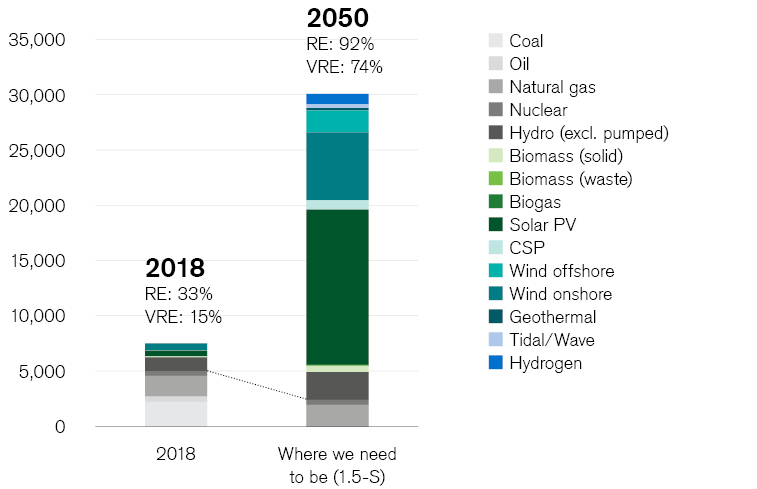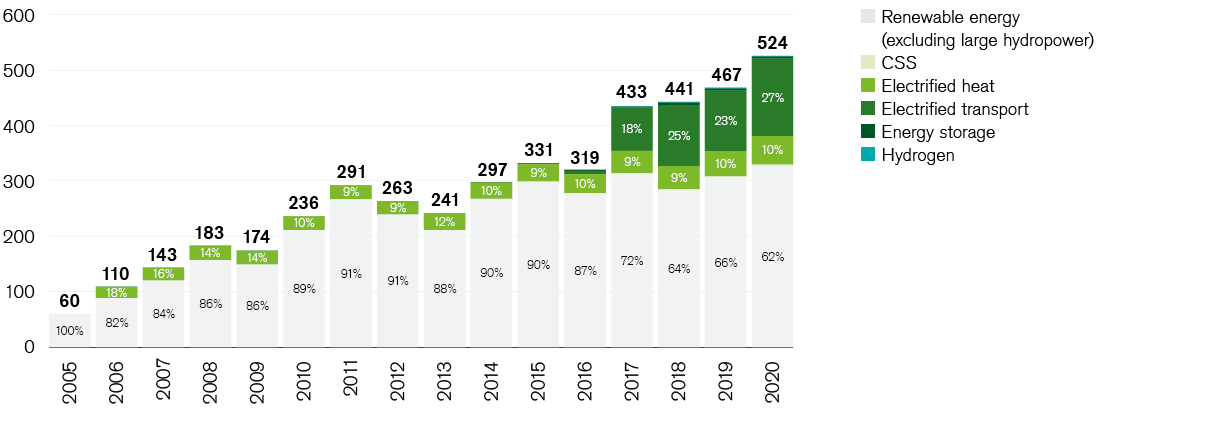This material has been prepared by Credit Suisse Group AG and/or its affiliates (“Credit Suisse”).
It is provided for informational and illustrative purposes only, does not constitute an advertisement, appraisal, investment research, research recommendations, investment recommendations or information recommending or suggesting an investment strategy, and it does not contain financial analysis. Moreover it does not constitute an invitation or an offer to the public or on a private basis to subscribe for or purchase products or services. Benchmarks, to the extent mentioned, are used solely for purposes of comparison. The information contained in this document has been provided as a general commentary only and does not constitute any form of personal recommendation, investment advice, legal, tax, accounting or other advice or recommendation or any other financial service. It does not take into account the investment objectives, financial situation or needs, or knowledge and experience of any persons. The information provided is not intended to constitute any kind of basis on which to make an investment, divestment or retention decision. Credit Suisse recommends that any person potentially interested in the elements described in this document shall seek to obtain relevant information and advice (including but not limited to risks) prior to taking any investment decision.
The information contained herein was provided as at the date of writing, and may no longer be up to date on the date on which the reader may receive or access the information. It may change at any time without notice and with no obligation to update.
To the extent that this material contains statements about future performance, such statements are forward looking and subject to a number of risks and uncertainties. It should be noted that historical returns, past performance and financial market scenarios are no reliable indicator of future performance. Significant losses are always possible.
This material is not directed to, or intended for distribution to or use by, any person or entity who is a citizen or resident of, or is located in, any jurisdiction where such distribution, publication, availability or use would be contrary to applicable law or regulation, or which would subject Credit Suisse to any registration or licensing requirement within such jurisdiction.
The recipient is informed that a possible business connection may exist between a legal entity referenced in the present document and an entity part of Credit Suisse and that it may not be excluded that potential conflict of interests may result from such connection.
This document has been prepared from sources Credit Suisse believes to be reliable but does not guarantee its accuracy or completeness.
Credit Suisse may be providing, or have provided within the previous 12 months, significant advice or investment services in relation to any company or issuer mentioned.
This document may provide the addresses of, or contain hyperlinks to, websites. Credit Suisse has not reviewed the linked site and takes no responsibility for the content contained therein. Such address or hyperlink (including addresses or hyperlinks to Credit Suisse’s own website material) is provided solely for your convenience and information and the content of the linked site does not in any way form part of this document. Accessing such website or following such link through this document or Credit Suisse’s website shall be at your own risk.
This document is intended only for the person to whom it is issued by Credit Suisse. It may not be reproduced either in whole, or in part, without Credit Suisse’s prior written permission.




